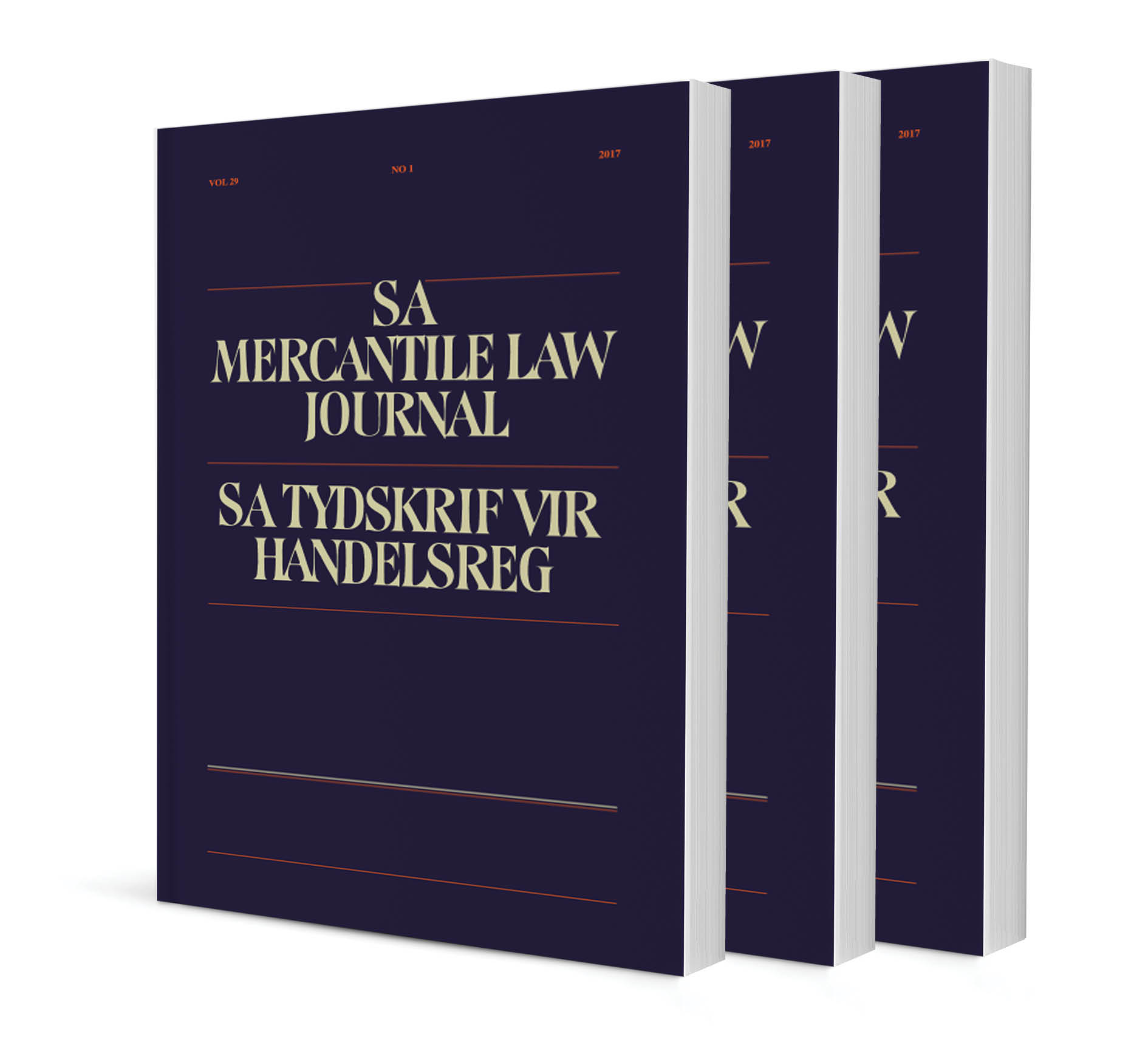Abstract
It is trite that, in accordance with section 14 of the Bill of Rights, taxpayers enjoy fundamental privacy in respect of, inter alia, their homes, property, possessions and communications. The integrity and privacy of a taxpayer’s home and business environment are important rights and values to be respected and protected during tax administration conducted by the South African Revenue Service. Their promotion is part of the spirit, purport and objects of the Bill of Rights to be fulfilled by reason of the interpretive imprimatur in section 39(2) of the Constitution. A taxpayer’s privacy may, in accordance with section 36 of the Constitution, be limited by way of a ‘law of general application’. This article examines critically whether section 45 of the Tax Administration Act 28 of 2011 (TAA) imposes a limitation on taxpayers’ privacy as envisaged by the Constitution’s limitation clause. Section 45 empowers tax officials to enter upon a taxpayer’s premises without a warrant for purposes of conducting an inspection. This article argues that to qualify as lawful, every exercise of power to conduct warrantless, non-consensual, tax inspections under section 45 must occur in an orderly fashion, with respect and due regard for taxpayers and their fundamental rights, including privacy. This is so because, in a democracy, the substantive enjoyment of rights has a high premium. This article concludes that the power of inspection under section 45 is a limitation of a taxpayer’s privacy in a law of general application, namely, the TAA.
